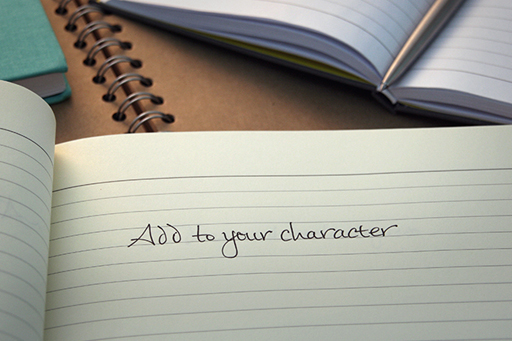6.2.2 Returning to your character

Reviewing stages of a character’s development and coming back to it can enrich the character and eventually the story.
Return to the character that you researched in Building a new character. You’ll recall that you developed research on this character by compiling information, possibly using the checklist shown previously.
Here it is again, to remind you:
- Psychological – intelligence, temperament, happiness/unhappiness, attitudes, self-knowledge, unconscious aspects.
- Physical/biological – age, height, size, state of health, assets, flaws, sexuality, gait, voice.
- Interpersonal/cultural – family, friends, colleagues, birthplace, education, hobbies, beliefs, values, lifestyle.
- Personal history – major events in the life, including the best and the most traumatic.
Review your outline of this character. Check to see if you want to add anything new. Sometimes leaving a character a little while, as you’ve done, can be productive and allows you to imagine and see the character more clearly.
Although you may have noted different aspects of your character, check there are no inconsistencies. For example, Flaubert’s depictions of Madame Bovary all show her as sensual.
If there are contradictions in the information you have about your character, are these appropriately interesting and do they add intrigue rather than appear implausible or confusing?
As you’ve seen, contradictory aspects of a character can be very interesting – they can add conflict or make a character more rounded. But such contradictions have to be plausible in order for the reader to be able to accept them.
